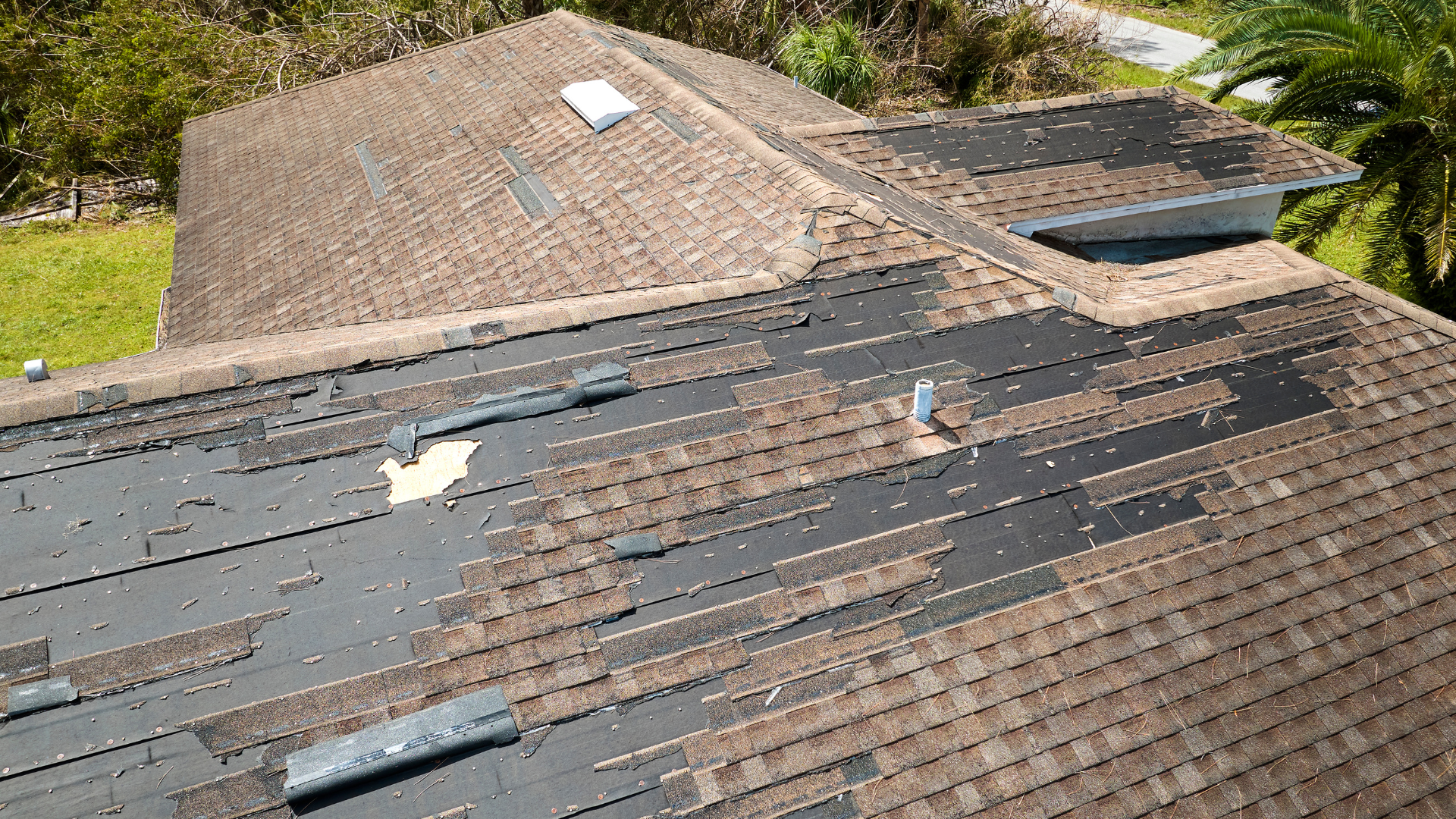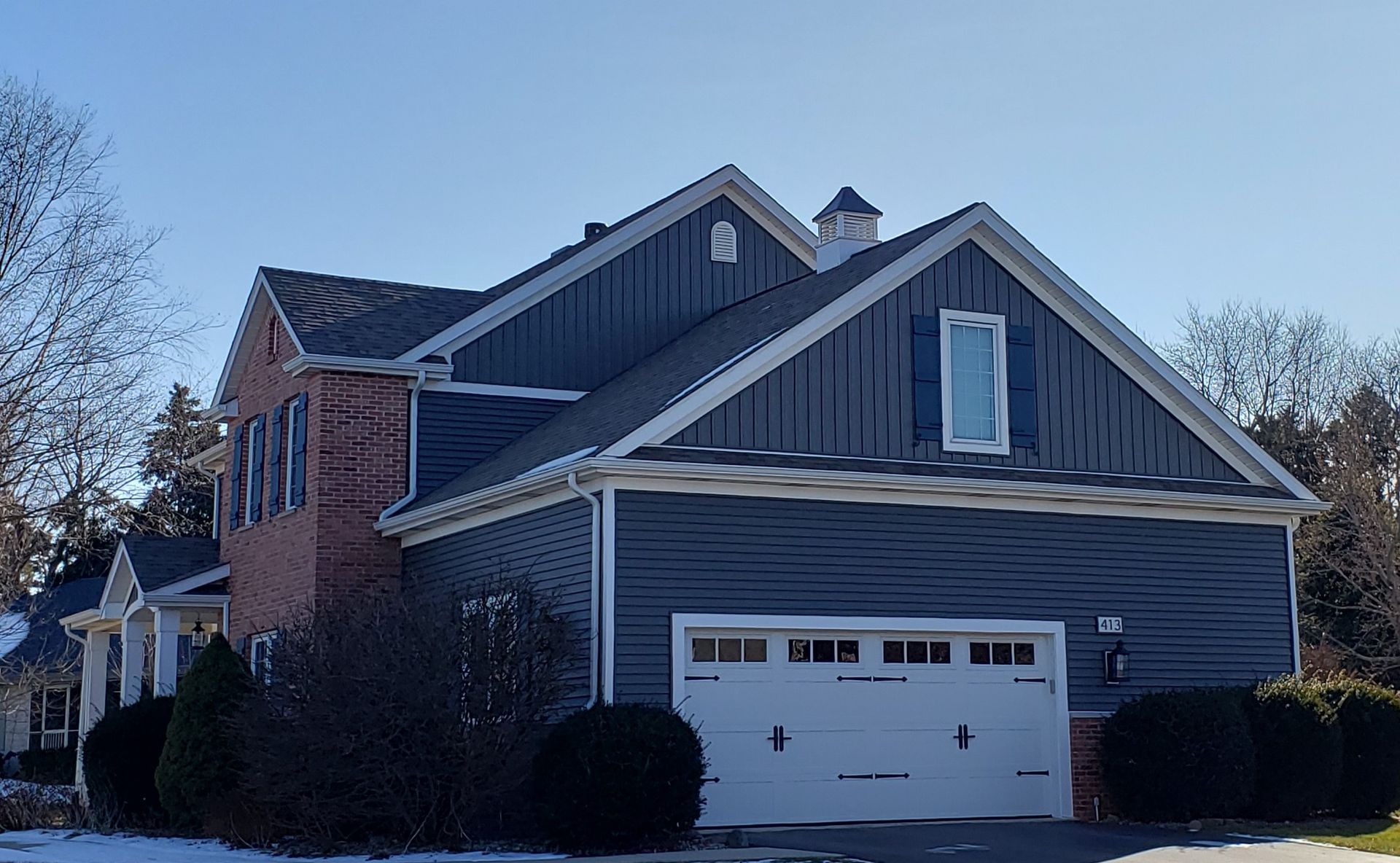Spring Roofing Checklist: Is Your Home Ready for the Rain?
Protect Your Home Before the Next Downpour
As winter fades and spring settles in, it’s the perfect time for homeowners to take stock of their roof’s condition. While spring brings blooming trees and longer days, it also comes with unpredictable weather patterns—heavy rain, strong winds, and even hail. All of these can spell trouble for a roof that’s not properly maintained. At Advocate Contracting, we believe in being proactive. A little attention now can prevent costly repairs later.
Here’s a comprehensive spring roofing checklist to help ensure your home is protected before the next downpour.
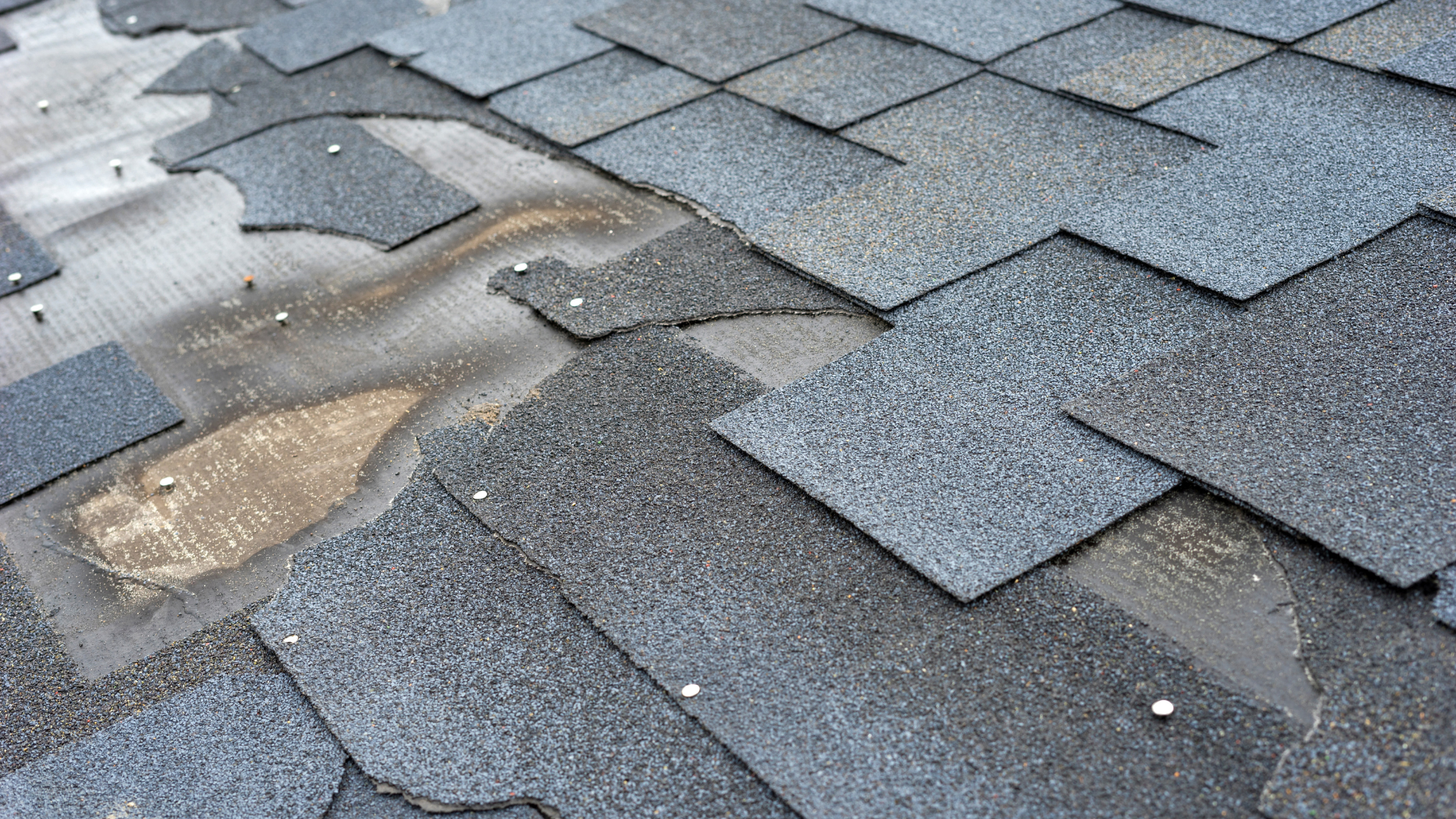
1. Inspect for Missing or Damaged Shingles
One of the most visible signs of roof wear is damaged shingles. High winds and fluctuating temperatures during the winter months can cause shingles to crack, curl, or fall off entirely. If you notice bare patches, granule loss, or curling along the edges, your roof may no longer be effectively shedding water—and that can lead to leaks. A professional inspection can identify problem areas early and recommend the best solution, whether that’s a minor repair or full roof replacement.
2. Check for Signs of Water Damage
After a wet winter, it’s important to check your attic and ceilings for signs of
water intrusion. Water stains, mildew, musty smells, or even sagging drywall are indicators that your roof may be letting water in. Even small leaks can grow over time and cause significant structural damage, so it’s best to address these concerns quickly.
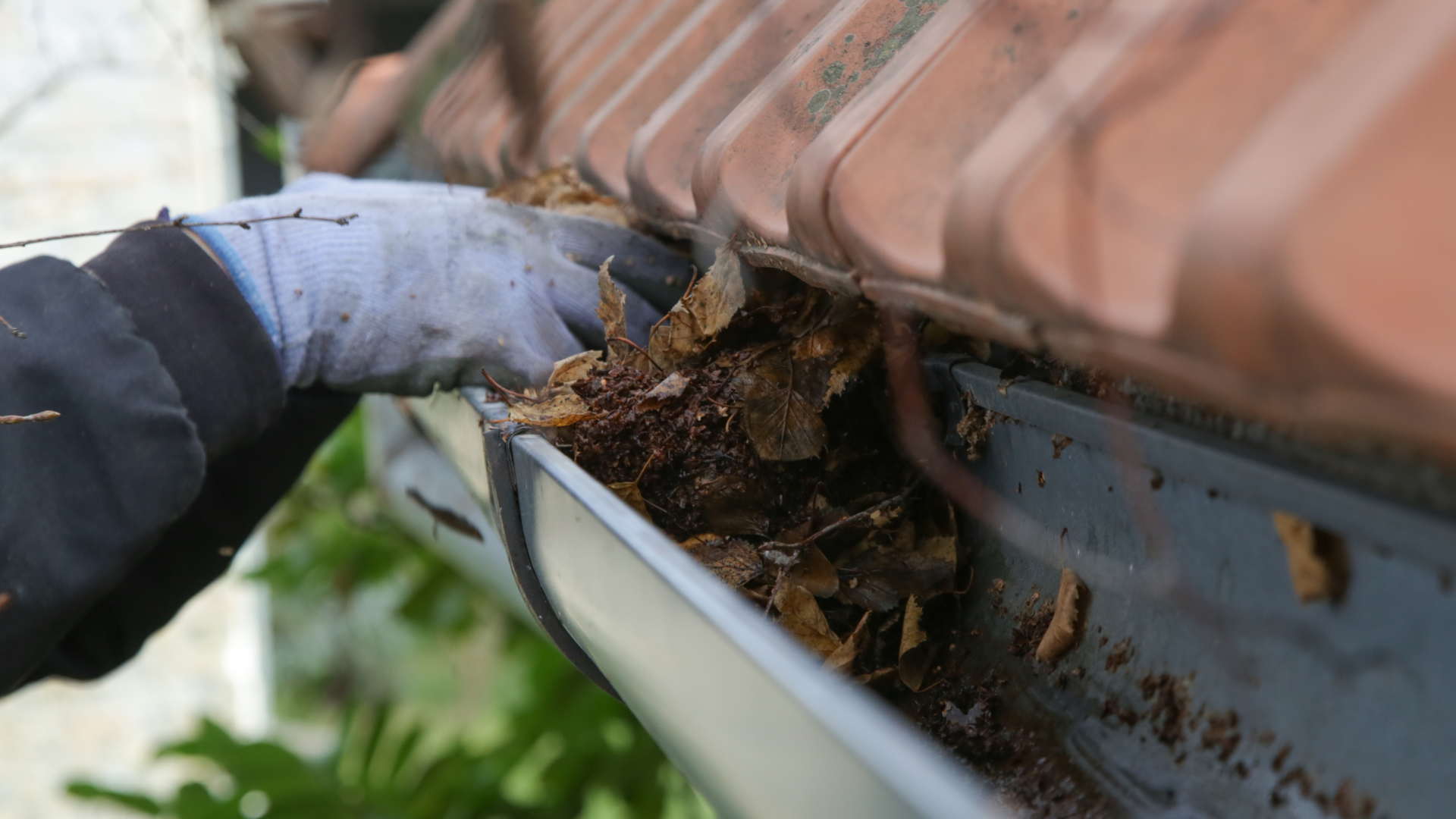
3. Clean Out Gutters and Downspouts
Gutters and downspouts play a vital role in keeping your roof—and your home—dry. When gutters are clogged with leaves, twigs, or debris, water can back up and spill over onto your roof, fascia, and foundation. In spring, melting snow and heavy rain can overwhelm blocked gutters, increasing the risk of water damage. A good cleaning and inspection will ensure that water is being properly diverted away from your home.
4. Look for Flashing and Sealant Failures
Flashing—thin metal installed at roof joints and around chimneys or skylights—prevents water from seeping into vulnerable areas. Over time, flashing can corrode, loosen, or be damaged by shifting temperatures. Spring is an excellent time to check flashing and sealants to ensure they’re still doing their job. If not, they should be replaced or repaired to prevent water infiltration.
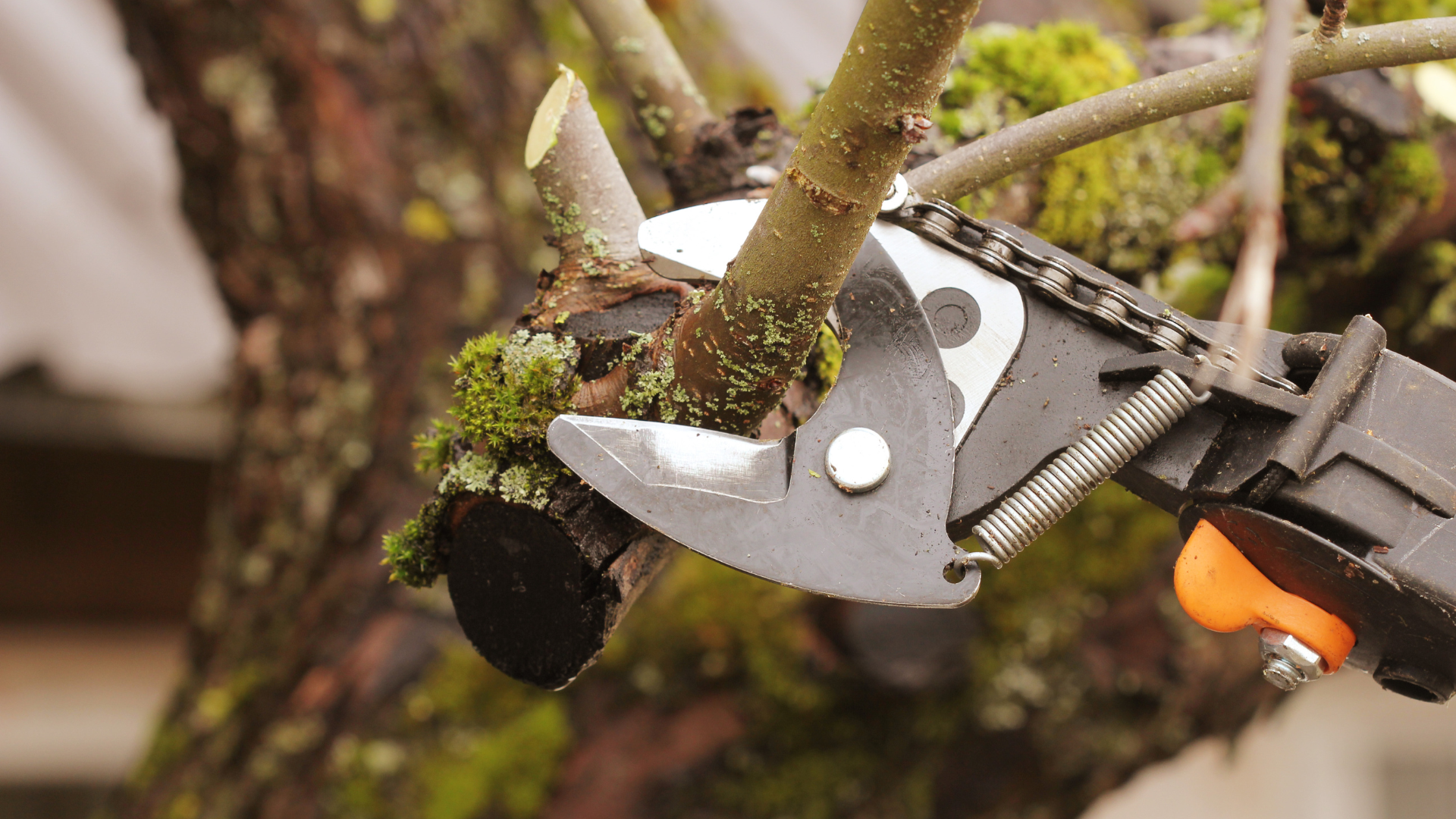
5. Trim Overhanging Branches
With new foliage sprouting, now is a good time to assess nearby trees. Overhanging branches can scrape against roofing materials, dislodge shingles, or drop leaves that clog gutters. In a storm, branches can break off and cause serious damage. Keep your roof safe by trimming back trees and maintaining a clear perimeter around your home.
6. Schedule a Professional Roof Inspection
While some roof issues are visible from the ground, many require a trained eye to detect. At Advocate Contracting, we offer thorough roof inspections that assess not only the surface but also the structural integrity of your roofing system. We’ll give you a clear picture of your roof’s condition and honest recommendations if repairs or replacement are needed.

Why This Matters
Your roof is your home’s first line of defense against the elements. In spring, the mix of moisture, wind, and warmer temperatures can expose existing vulnerabilities. By tackling minor issues early, you can avoid emergency repairs, extend the life of your roof, and maintain the value of your home.
Whether you’ve spotted signs of wear or just want peace of mind, Advocate Contracting is here to help. Our team specializes in high-end roof replacement and exterior improvements throughout the region. We’re committed to protecting what matters.



